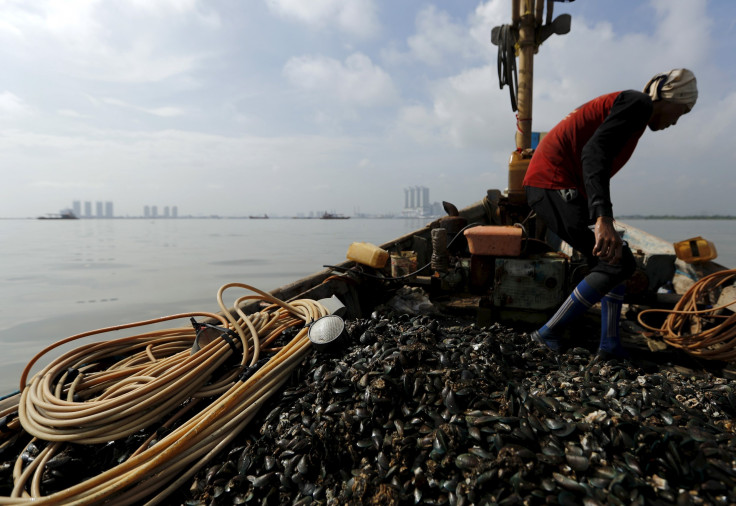Mussels in Pacific Ocean may die out soon; Shells thinning rapidly due to ocean acidification

University of Chicago researchers have made a horrifying discovery. They were comparing shells of live mussels taken from the Pacific coast with historical mussel shells, some more than 1,000 years old. They came to a horrifying realisation. Mussel shells are getting thinner and thinner and it’s bad news for the species.
The researchers have stated in Proceedings of the Royal Society B that the historical shells, more than 1,000 years old are 27 percent thicker than shells of today. Thick shells were a common thing until about 1970s. Those shells were about 32 percent thicker than today’s shells. However, the shells started thinning mysteriously fast after that.
According to the study, the cause of the fast thinning of shells is rapid acidification of Pacific Ocean. Shockingly, the live mussels that swim through the waters are slowly dissolving into the seawater. As shocking as it may sound, the researchers have pointed out that this is just the beginning of bad news for the shellfish. With acid levels rising alarmingly in our oceans, the mussels may turn brittle and die out soon, reports Gizmodo Australia.
“Archival material provided by past researchers, the Makah Tribal Nation, and the Olympic National Park allowed us to document this intriguing and concerning pattern in shell thickness,” lead author of the study and professor of ecology and evolution, Cathy Pfister, said in a University of Chicago statement.
Shells collected from a different Native American sites in Sand Point, Washington, dating between 2150 and 2420 years old were almost 94 percent thicker than modern shells. The researchers also attributed changes in food supply of mussels as another cause of their thinning shells apart from ocean acidification.
Pfister and her colleagues, in previous studies, had documented declining pH levels in waters around Tatoosh Island, off the coast of Washington. In 2011, they analysed oxygen and carbon isotopes taken from modern mussel shells, shells of mussels collected by local Makah tribe between 668 and 1008 A.D. and shells that biologists collected in the 1970s.
In the new study, the researchers have also raised concerns about California mussels’ “ability to retain its role as a foundational species in these waters.” Reduction in shell thickness exposes mussels to dangers from environmental disturbances and predators. This may in turn affect interactions with thousands of other species of organisms that live near mussel beds.






